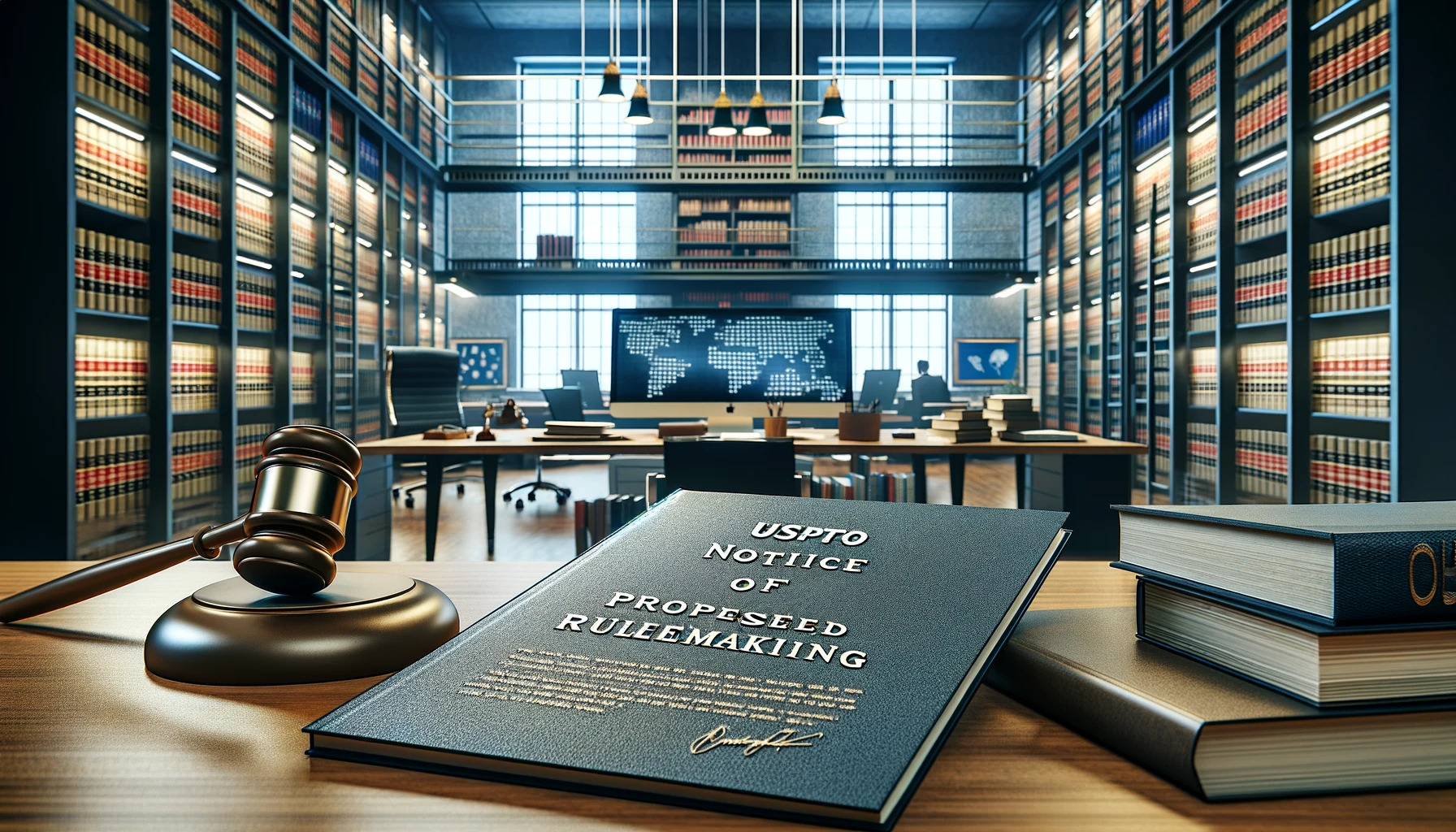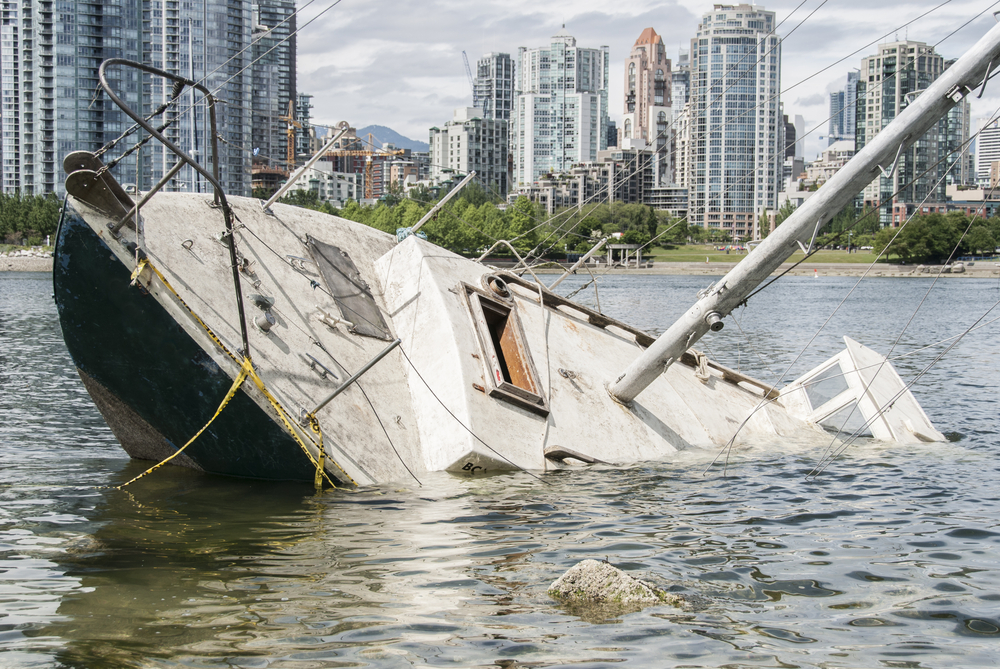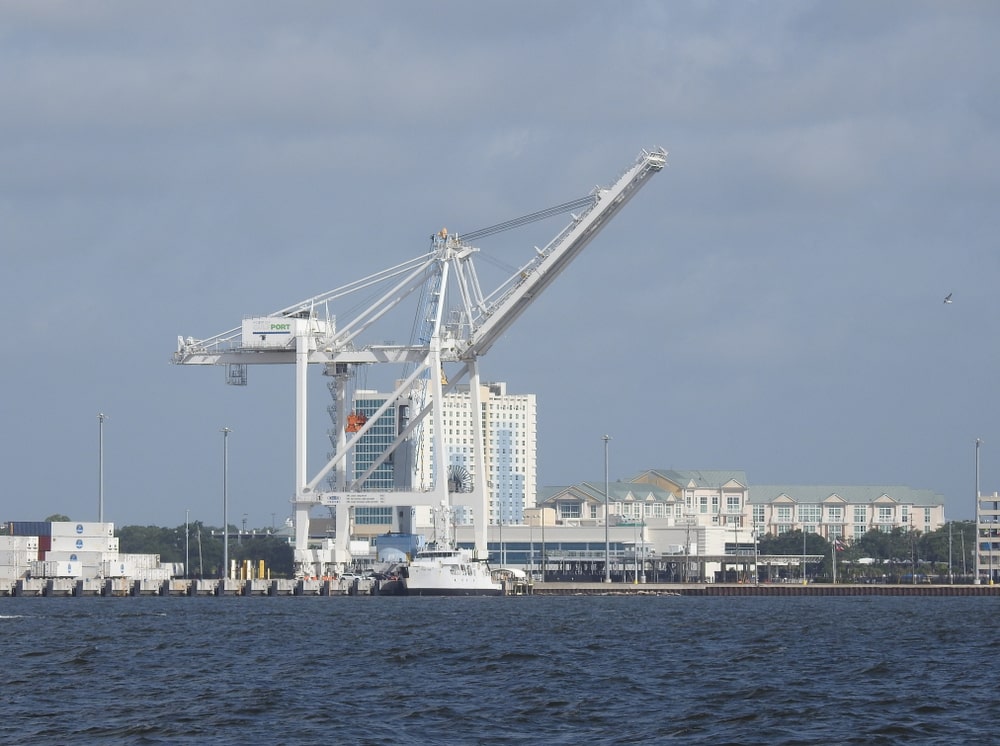New Rulemaking Proposal by the USPTO: Enhancing Innovation and Reducing Litigation Costs
In a pivotal move, the United States Patent and Trademark Office (USPTO) has issued a Notice of Proposed Rulemaking (NPRM) aimed at refining the process related to terminal disclaimers used to address nonstatutory double patenting issues. This proposed rule is designed to not only streamline patent dispute processes but also to reduce the litigation expenses associated with challenging patents that are merely patentably indistinct variations of a single invention. Understanding Nonstatutory Double Patenting Nonstatutory double patenting, often referred to as "obviousness-type double patenting," arises when an inventor or patent owner attempts to extend the patent exclusivity term through multiple patents with claims that are not substantially different from one another. Currently, the USPTO mitigates this by requiring terminal disclaimers that tie the enforceability of such patents together, preventing patent term extension beyond the term of the original patent. This practice ensures that the patent system incentivizes innovation while providing certainty to competitors and the public. The Proposed Rule: A Strategic Shift The new rule proposed by the USPTO introduces a third condition to the existing framework. Specifically, to overcome double patenting, a patentee must now agree that the enforceability of a patent under a terminal disclaimer is contingent upon the patent never having been tied, through a terminal disclaimer, to another patent where any claim has been definitively ruled unpatentable or invalid over prior art. This change aims to prevent the enforcement of patents that have been indirectly invalidated, thus reducing unnecessary litigation costs and focusing disputes on more substantive issues. Benefits of the Proposed Rule The implications of this rule are significant: Reduced Costs: By eliminating the need to challenge each patent in a group of related patents separately, the overall cost of patent [...]






